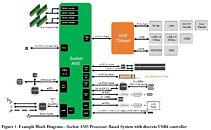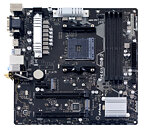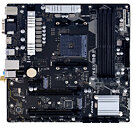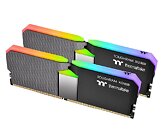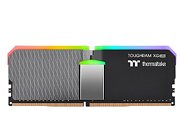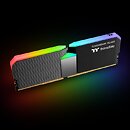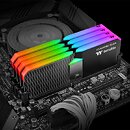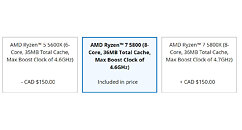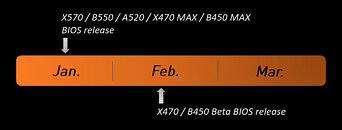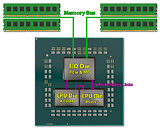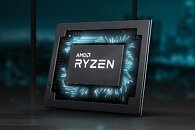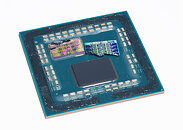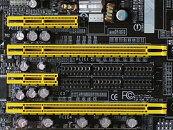
AMD Set to Extend AM4 Platform with New Ryzen 5 5600XT and 5600T Processors
AMD continues to expand the AM4 platform with new processors, despite having already released 145 AM4 SKUs over the past nine years. According to Videocardz, citing a post from @momomo_us on the X platform, AMD plans to launch two new ones: the Ryzen 5 5600T and 5600XT. The leak was later confirmed on ASUS and MSI websites, with these 6-core CPUs appearing on lists of supported motherboards. The MSI page confirms that (at least) the 5600T is a Vermeer processor without integrated graphics. Additionally, AMD intends to make the Ryzen 3 5300G available to consumers as a boxed retail product; until now, this model has been available exclusively for OEM markets since its launch in 2021.
Going into more detail, these new SKUs have the following specifications: The Ryzen 5 5600XT features a 6-core design, 32 MB L3 cache, 65 W TDP, and a base frequency of 3.8 GHz. The Ryzen 5 5600T also has a 6-core design, 32 MB L3 cache, and 65 W TDP, but with a lower base frequency of 3.5 GHz. The Ryzen 3 5300G comes with a 4-core design, 8 MB L3 cache, 65 W TDP, a base frequency of 4 GHz, and is equipped with 6CU scale core graphics (no information regarding turbo clocks for any of these SKUs yet). As mentioned, the current lineup for the AM4 platform includes 145 SKUs, with the Ryzen 5000 series alone already having 20 models. While AMD's dedication to supporting the AM4 platform is admirable, a simple question arises: who will buy or distinguish these new AM4 SKUs from such a vast offering?
Going into more detail, these new SKUs have the following specifications: The Ryzen 5 5600XT features a 6-core design, 32 MB L3 cache, 65 W TDP, and a base frequency of 3.8 GHz. The Ryzen 5 5600T also has a 6-core design, 32 MB L3 cache, and 65 W TDP, but with a lower base frequency of 3.5 GHz. The Ryzen 3 5300G comes with a 4-core design, 8 MB L3 cache, 65 W TDP, a base frequency of 4 GHz, and is equipped with 6CU scale core graphics (no information regarding turbo clocks for any of these SKUs yet). As mentioned, the current lineup for the AM4 platform includes 145 SKUs, with the Ryzen 5000 series alone already having 20 models. While AMD's dedication to supporting the AM4 platform is admirable, a simple question arises: who will buy or distinguish these new AM4 SKUs from such a vast offering?























